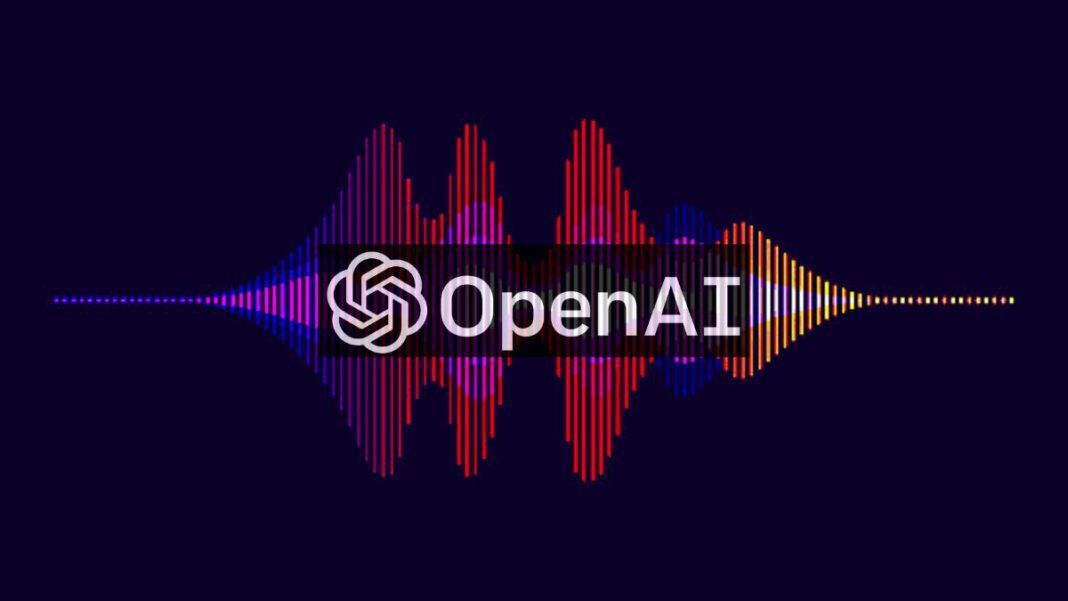How to Turn Audio to Text using OpenAI Whisper

[ad_1]
Do you know what OpenAI Whisper is? It’s the latest AI model from OpenAI that helps you to automatically convert speech to text.
Transforming audio into text is now simpler and more accurate, thanks to OpenAI’s Whisper.
This article will guide you through using Whisper to convert spoken words into written form, providing a straightforward approach for anyone looking to leverage AI for efficient transcription.
OpenAI Whisper is an AI model designed to understand and transcribe spoken language. It is an automatic speech recognition (ASR) system designed to convert spoken language into written text.
Its capabilities have opened up a wide array of use cases across various industries. Whether you’re a developer, a content creator, or just someone fascinated by AI, Whisper has something for you.
Let’s go over some its key features:
1. Transcription services: Whisper can transcribe audio and video content in real-time or from recordings, making it useful for generating accurate meeting notes, interviews, lectures, and any spoken content that needs to be documented in text form.
2. Subtitling and closed captioning: It can automatically generate subtitles and closed captions for videos, improving accessibility for the deaf and hard-of-hearing community, as well as for viewers who prefer to watch videos with text.
3. Language learning and translation: Whisper’s ability to transcribe in multiple languages supports language learning applications, where it can help in pronunciation practice and listening comprehension. Combined with translation models, it can also facilitate real-time cross-lingual communication.
4. Accessibility tools: Beyond subtitling, Whisper can be integrated into assistive technologies to help individuals with speech impairments or those who rely on text-based communication. It can convert spoken commands or queries into text for further processing, enhancing the usability of devices and software for everyone.
5. Content searchability: By transcribing audio and video content into text, Whisper makes it possible to search through vast amounts of multimedia data. This capability is crucial for media companies, educational institutions, and legal professionals who need to find specific information efficiently.
6. Voice-controlled applications: Whisper can serve as the backbone for developing voice-controlled applications and devices. It enables users to interact with technology through natural speech. This includes everything from smart home devices to complex industrial machinery.
7. Customer support automation: In customer service, Whisper can transcribe calls in real time. It allows for immediate analysis and response from automated systems. This can improve response times, accuracy in handling queries, and overall customer satisfaction.
8. Podcasting and journalism: For podcasters and journalists, Whisper offers a fast way to transcribe interviews and audio content for articles, blogs, and social media posts, streamlining content creation and making it accessible to a wider audience.
OpenAI’s Whisper represents a significant advancement in speech recognition technology.
With its use cases spanning across enhancing accessibility, streamlining workflows, and fostering innovative applications in technology, it’s a powerful tool for building modern applications.
How to Work with Whisper
Now let’s look at a simple code example to convert an audio file into text using OpenAI’s Whisper. I would recommend using a Google Collab notebook.
Before we dive into the code, you need two things:
First, install the OpenAI library (Use ! only if you are installing it on the notebook):
!pip install openaiNow let’s write the code to transcribe a sample speech file to text:
#Import the openai Library
from openai import OpenAI
# Create an api client
client = OpenAI(api_key="YOUR_KEY_HERE")
# Load audio file
audio_file= open("AUDIO_FILE_PATH", "rb")
# Transcribe
transcription = client.audio.transcriptions.create(
model="whisper-1",
file=audio_file
)
# Print the transcribed text
print(transcription.text)This script showcases a straightforward way to use OpenAI Whisper for transcribing audio files. By running this script with Python, you’ll see the transcription of your specified audio file printed to the console.
Feel free to experiment with different audio files and explore additional options provided by the Whisper Library to customize the transcription process to your needs.
Tips for Better Transcriptions
Whisper is powerful, but there are ways to get even better results from it. Here are some tips:
- Clear audio: The clearer your audio file, the better the transcription. Try to use files with minimal background noise.
- Language selection: Whisper supports multiple languages. If your audio isn’t in English, make sure to specify the language for better accuracy.
- Customize output: Whisper offers options to customize the output. You can ask it to include timestamps, confidence scores, and more. Explore the documentation to see what’s possible.
Advanced Features
Whisper isn’t just for simple transcriptions. It has features that cater to more advanced needs:
- Real-time transcription: You can set up Whisper to transcribe the audio in real time. This is great for live events or streaming.
- Multi-language support: Whisper can handle multiple languages in the same audio file. It’s perfect for multilingual meetings or interviews.
- Fine-tuning: If you have specific needs, you can fine-tune Whisper’s models to suit your audio better. This requires more technical skill but can significantly improve results.
Conclusion
Working with OpenAI Whisper opens up a world of possibilities. It’s not just about transcribing audio – it’s about making information more accessible and processes more efficient.
Whether you’re transcribing interviews for a research project, making your podcast more accessible with transcripts, or exploring new ways to interact with technology, Whisper has you covered.
Hope you enjoyed this article. Visit turingtalks.ai for daily byte-sized AI tutorials.
[ad_2]
Source link
